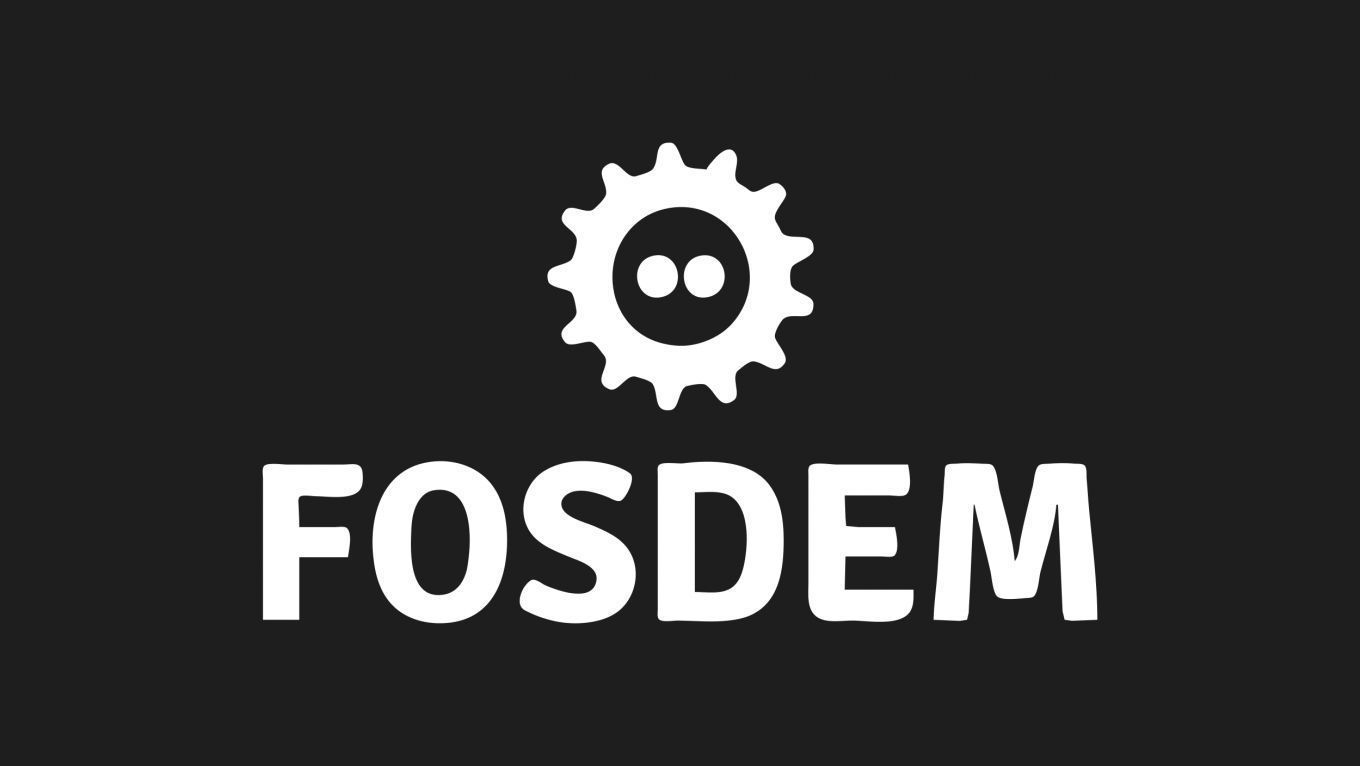Containers
Devfile file format
Containerized development environment specification
<p>Red Hat, AWS and JetBrains are working on the Devfile specification. A file format to define container-based development environments. Software development acceleration is the ultimate goal.</p>
Infrastructure as code. Network as code. Everything as a code. It looks like everything can be defined as code, versioned and tested automatically. Everything except development environments. The industry hasn’t come up with a file format to define software environments yet.
But It is in the best interest of developers that the industry starts to settle on an unified environment configuration format. Currently, vendors of remote cloud-based development environment solutions such as GitHub Codespaces and GitPod are building proprietary solutions for hosting and operating development environments using a similar, yet slightly different environment configuration file (devcontainer.json and gitpod.yaml).
A big challenge for the Devfile is to ensure that it doesn’t become “yet another configuration file”. Instead, we want it to relate and align with any neighboring configuration files used for CI/CD runs or infrastructure provisioning. A Devfile should be able to give developers an inner dev loop that is in sync with the outer dev loop, yet still provide enough flexibility for developers to experiment and have personal tooling preferences.
Additional information
| Type | devroom |
|---|
More sessions
| 2/6/22 |
<p>Fed up with managing your host OS for your docker environment? Try booting your containers directly from a light-weight initramfs! Flash a USB pendrive with the kernel and initramfs, or netboot it locally or from the internet, configure it from the kernel command line. Bonus: It also supports syncing volumes with S3-compatible cloud storages, making provisioning and back-ups a breeze!</p>
|
| 2/6/22 |
<p>A user reports a bug. Its hardware/kernel/data specific. Is it fixed already? How do we get a debug container to the user to use and get meaningful results back?</p>
|
| 2/6/22 |
<p>Cloud brought many innovations - one of them is inexpensive, scalable and sometimes secure Distributed Storage options. In this presentation we will talk about distributed storage Options modern clouds offers ranging from elastic block devices and object storage to sophisticated transactional data stores. We will discuss the benefits and new architecture options such distibuted storage systems enable as well as the challenges pitfals you need to be aware about.</p>
|
| 2/6/22 |
<p>WebAssembly is a portable binary instruction format that was originally created with the browser as the main execution runtime. However, during the last years, WebAssembly is finding its way also outside of the browser because of the many benefits it provides like portability, security and flexibility. We think WebAssembly can be leveraged by Kubernetes in many ways. This short session will focus on how WebAssembly can be used to write Kubernetes admission policies. We will show an open ...
|
| 2/6/22 |
<p>We can enable developers to manage everything yet still be in complete control of the aspects they care about.</p>
|
| 2/6/22 |
<p><strong>Harbor - The Container Registry 101</strong> Harbor is an open source registry that secures artefacts with policies and role-based access control, ensures images are scanned and free from vulnerabilities, and signs images as trusted. Harbor, a CNCF Graduated project, delivers compliance, performance, and interoperability to help you consistently and securely manage artefacts across cloud native compute platforms like Kubernetes and Docker.</p> <p><strong> In this talk: </strong><br/> ...
|
| 2/6/22 |
<p>Running an up-to-date and fully patched cluster is a key element in operational security. But keeping your cluster’s OS up to date can be challenging for ops/maintenance, sometimes imposing significant effort just to keep the lights on while at the same time keep the workloads functioning. This talk will briefly introduce the atomic OS update mechanism in Flatcar Container Linux - a minimal Linux distribution optimised for running containers at scale - before elaborating on common patterns ...
|

